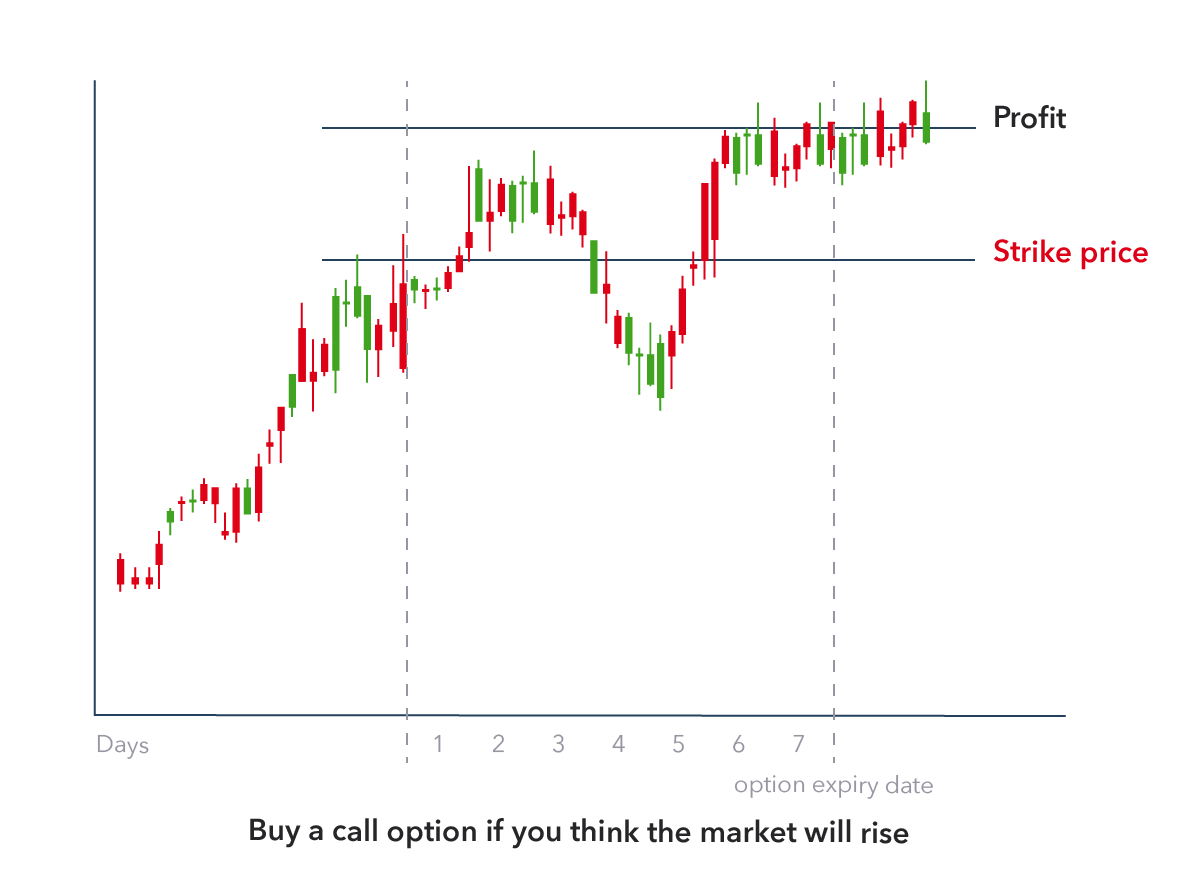Introduction: Mastering the Art of Passive Income Generation
In the realm of investing, the pursuit of passive income streams often leads us to explore innovative and lucrative strategies. Among these, trading covered call options has emerged as a powerful tool for investors seeking consistent returns while limiting their downside risk. Whether you’re a seasoned investor or just starting your financial journey, understanding covered call options can open doors to significant earnings potential.

Image: varelgroup.com
Covered calls involve selling (writing) a call option while simultaneously owning 100 shares of the underlying stock. By selling this call option, you grant another party the right to buy those shares from you at a predetermined price (strike price) before a specific date (expiration date). In return, you receive a premium payment, which represents the income you generate from this strategy.
Section 1: The Anatomy of Covered Call Options
To fully grasp how covered call options work, it’s crucial to understand the key elements involved:
- Underlying Stock: This is the stock you own 100 shares of when implementing a covered call.
- Call Option: A contract that gives the buyer the right to buy the underlying stock at a specified price before a set date.
- Premium: The payment you receive for selling the call option, representing income earned from the strategy.
- Strike Price: The price at which the buyer can purchase the underlying stock from you.
- Expiration Date: The date on which the call option contract expires.
Section 2: Advantages and Disadvantages
Like any investment strategy, covered call options have their distinct advantages and disadvantages.
Advantages:
- Passive Income Generation: Selling covered calls generates income in the form of premiums, providing a potentially consistent income stream.
- Limited Downside Risk: By owning the underlying stock, you have a cushion against potential declines in stock price.
- Short-Term Profits: Covered calls can be a profitable strategy in markets that are sideways or slightly ascending.
Disadvantages:
- Capped Upside Potential: The potential return is limited by the strike price of the call option sold.
- Early Assignment Risk: The buyer of the call option has the right to exercise it at any time, potentially forcing you to sell your stock prematurely.
- Stock Volatility Sensitivity: Extreme price fluctuations in the underlying stock can impact the profitability of covered call strategies.
Section 3: Implementation Strategies
Mastering covered call options involves understanding various implementation strategies:
- Out-of-The-Money (OTM): Selling a call option with a strike price above the current market price, reducing the risk of early assignment but also limiting potential returns.
- At-The-Money (ATM): Selling a call option with a strike price close to the current market price, balancing risk and return.
- In-The-Money (ITM): Selling a call option with a strike price below the current market price, increasing the likelihood of early assignment but also providing higher premiums.

Image: choosegoldira.com
Section 4: Risk Management
As with any investment strategy, risk management is paramount when trading covered call options:
- Understand the Parameters: Clearly define the strike price, expiration date, and premium income you’re willing to accept.
- Monitor Market Conditions: Regularly review market conditions, such as stock price fluctuations and implied volatility.
- Exercise Discipline: Stick to your trading plan and adjust it only when appropriate, avoiding emotional decision-making.
Section 5: Real-World Examples
Let’s illustrate covered call options with a practical example:
Suppose you own 100 shares of Apple (AAPL) at $150 per share. You decide to sell a covered call option with a strike price of $160 and an expiration date of two months out. The premium received for this option is $5 per share, totaling $500.
If Apple’s stock price remains below $160 at expiration, the call option will expire worthless, and you’ll have earned the $500 premium income while still owning your 100 Apple shares. However, if Apple’s stock price rises above $160, the buyer of the call option may exercise their right to buy your shares at the strike price, and you’ll sell them for $160 per share, pocketing the profit from the stock’s appreciation plus the $500 premium.
Trading Covered Call Options

Image: vantagepointsoftware.com
Conclusion: Harnessing the Power of Covered Call Options
Covered call options offer a strategic approach to passive income generation while managing downside risk. By understanding the concepts, advantages, and implementation techniques, investors can harness this powerful tool to enhance their financial portfolios. Remember, proper research, risk management, and discipline are crucial for successful trading covered call options.






